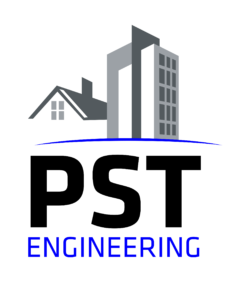When most people hear about a gas that can’t be seen, yet is hazardous and even potentially dangerous, the first thing most people think of is Carbon Monoxide poisoning. However, there’s another gas that you and your family needs to be aware of – radon.
According to the U.S. Environmental Protection Agency, radon exposure accounts for about 21,000 deaths from lung cancer each year. It’s the leading cause of lung cancer in non-smokers.
What’s radon?
Radon is produced from the breakdown of uranium in soil and in rocks, it’s a gas that occurs naturally outdoors. Radon levels are usually highest in the basement or in crawl spaces, and it enters buildings through cracks in floors, walls, construction joints as well as gaps in the foundation, especially around pipes, pumps or wires in the home’s foundation.
Congress passed Radon Act 51 that set the natural outdoor level of radon gas at 0.4 pCi/L as the target radon level for indoor radon levels. Many homes are above this target level. Therefore, the EPA set an action level of mediation for radon at 4.0 pCi/L.
Testing for radon
To know what levels your home has for radon you should test your home. Kits can be purchased at many hardware stores and it’s a service that many home inspectors offer. The kits provide instructions and once you mail in your sample, you simply wait for the results. PST Engineering may offer this test as an ‘add-on” with any services provided, if the property is located in or near Kansas City.
Remediation
If your home tests high for radon gases, then remediation is the best option for your home. This includes installing a radon fan and vent pipe that will pull radon from beneath the house and vents it to the outside of the home. We recommend contacting a professional, certified radon mitigation provider. You can also visit the EPA’s website for who you should hire to fix your home if you have high levels of radiation in your home.
